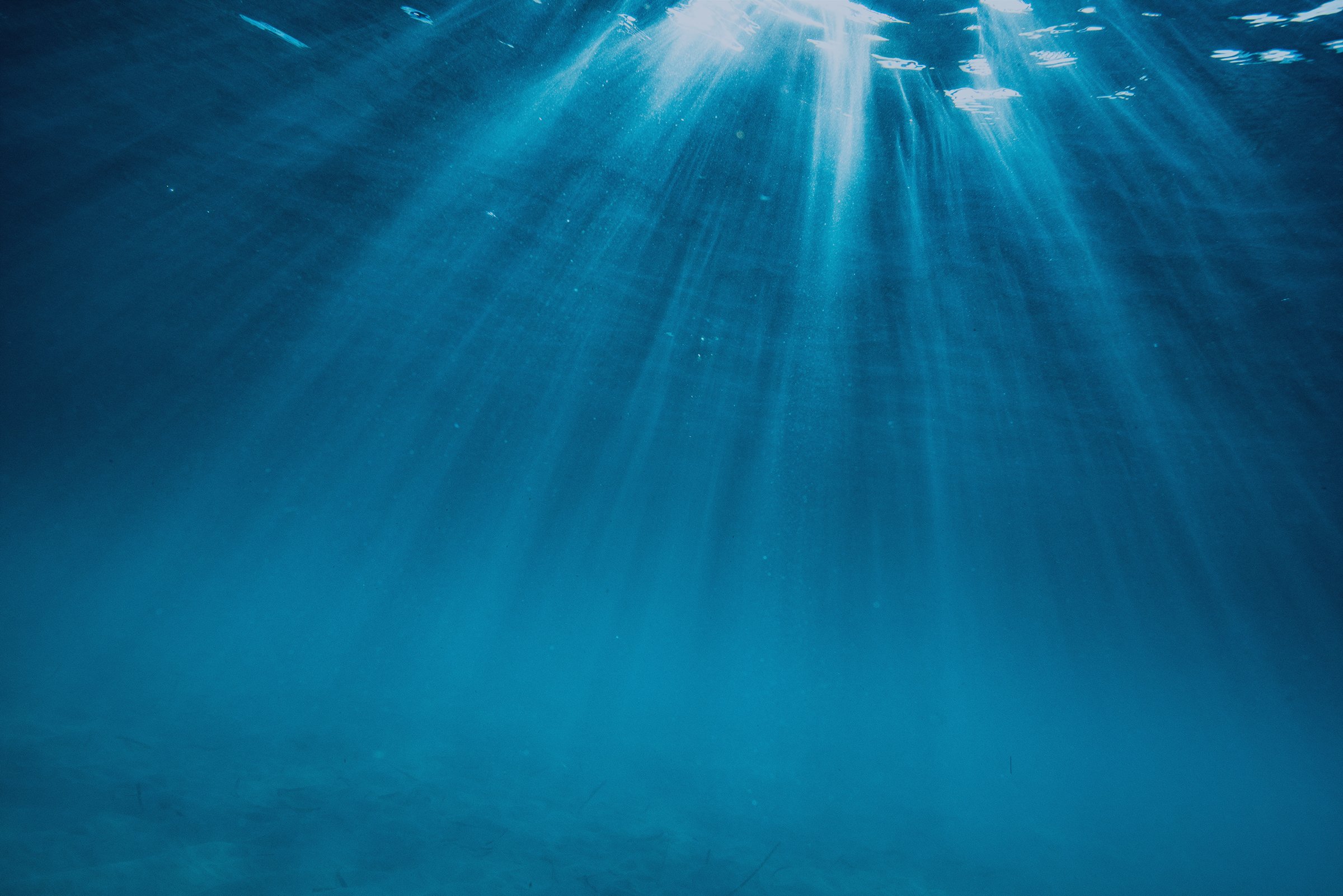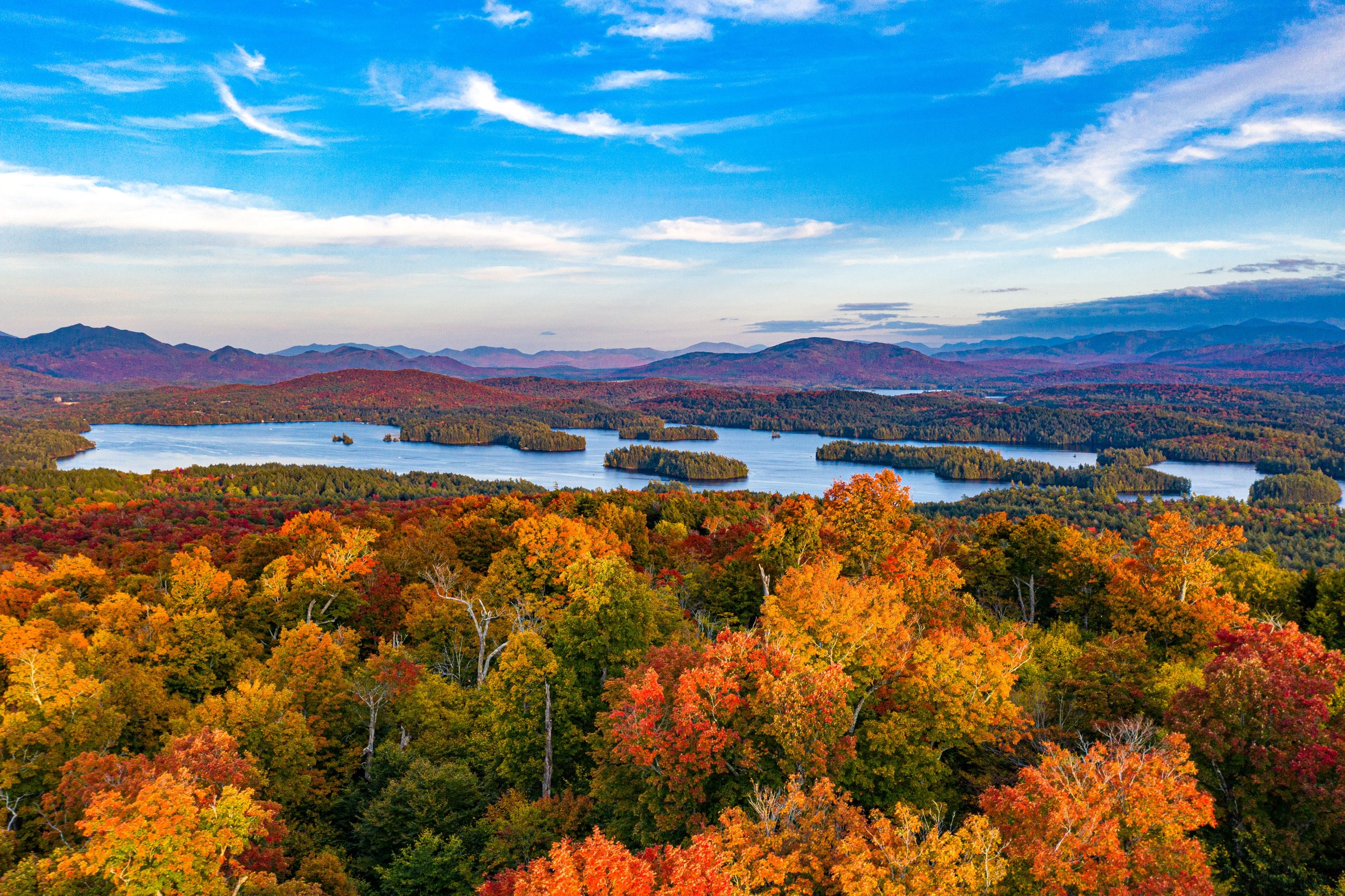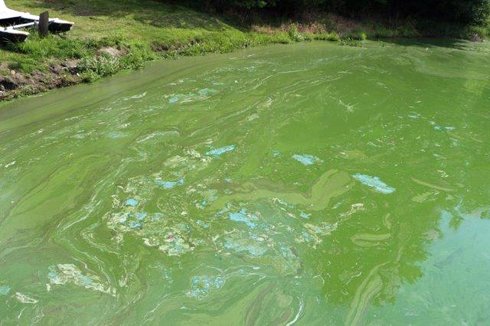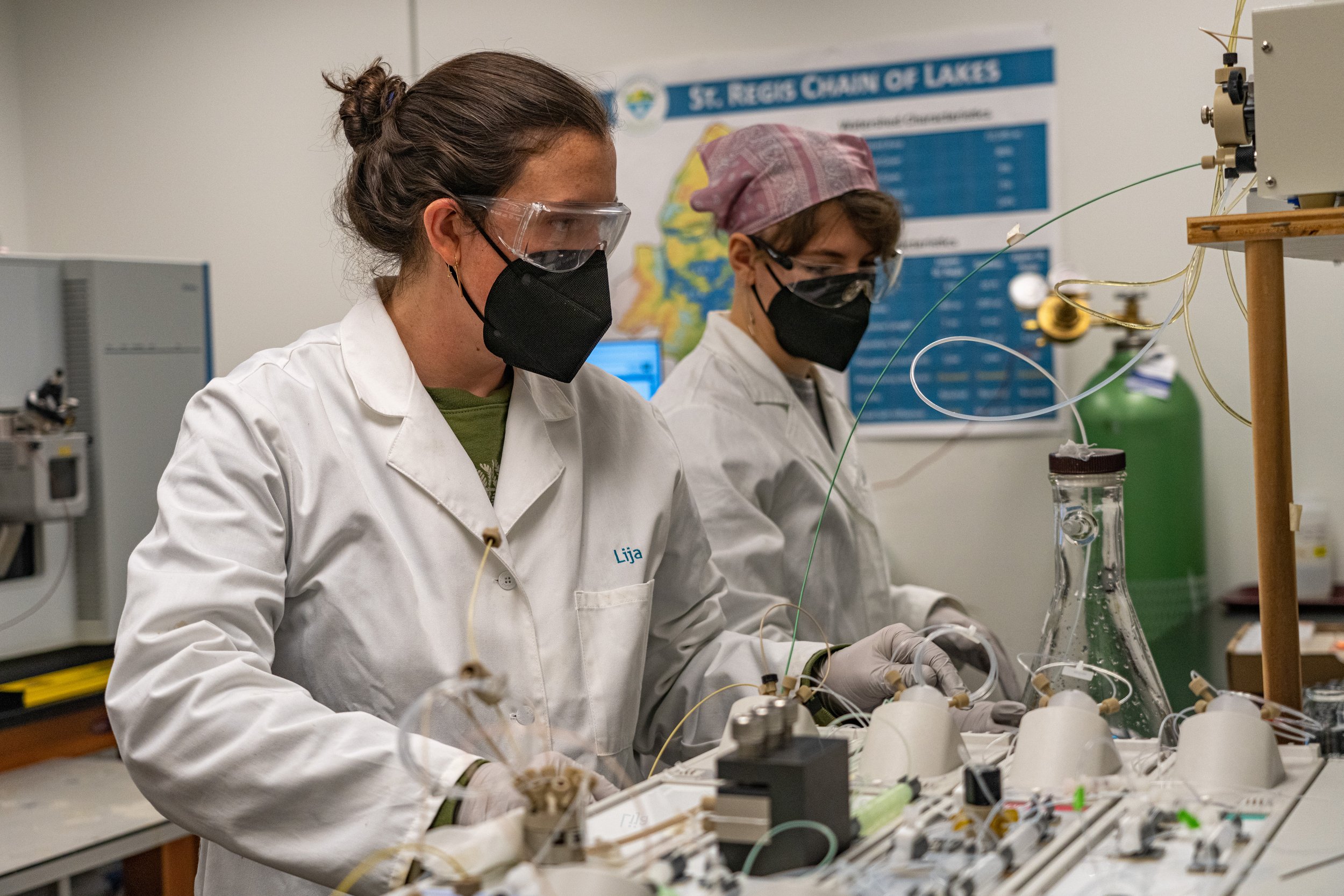
Water Column

What is Lake Mixing?
Lake mixing also referred to as turnover, occurs when the thermal stratification of a lake breaks down and the water column mixes due to density or wind-driven processes. Before discussing lake mixing, we need to go over thermal stratification. Thermal stratification occurs when a lake has different layers, or strata, of water with different temperatures.

Mirror Lake Long-Term Monitoring Pays Off
Long-term environmental monitoring is notoriously difficult to fund and challenging to keep going. Yet, the return on investment is significant, and we know that to protect and manage our natural resources, we need good data. Mirror Lake is a prime example of how long-term monitoring can improve water quality and lake health.


ELAP Certification: What is it, and why did AWI get certified?
In April 2022, the AWI Environmental Research Laboratory became certified under the New York State Department of Health’s Environmental Laboratory Approval Program (ELAP). This certification will help advance AWI’s work, and that of our partners, to protect clean water in the Adirondack region.

What does less ice mean for Adirondack lakes?
A warming climate in the Adirondack region is causing a shorter duration of ice cover on regional lakes each winter. There are a variety of ecological, economic, and social impacts that result from reduced ice cover. They range from a reduction in opportunities to ice fish to alterations in habitat availability for fish during the summer months.
